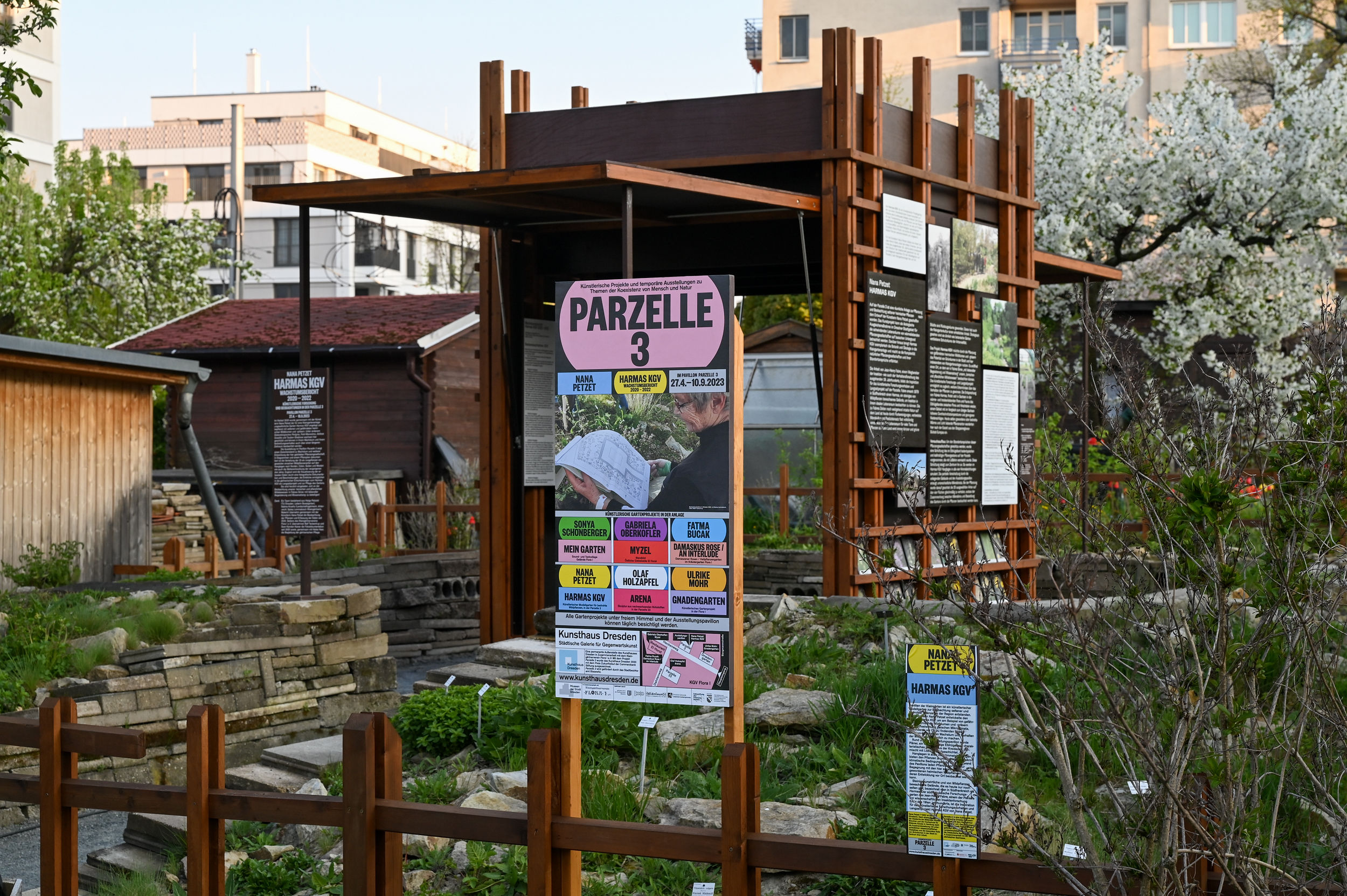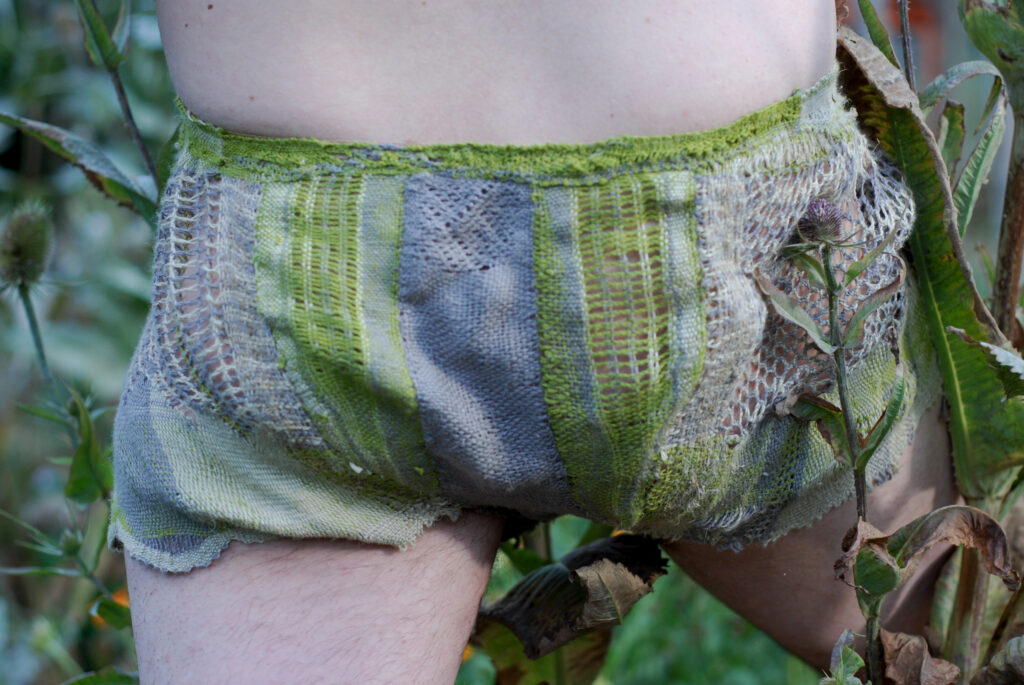This picturesque inner-city allotment garden site »Flora I« e. V. in Dresden-Striesen is home to an extraordinary model project of contemporary art. The project Parzelle 3 was initiated by the municipal Kunsthaus Dresden in collaboration with the gardening friends in the association: An artistic research garden with rare drought-loving wild plants from the region by Hamburg artist Nana Petzet, who was awarded the HAP Grieshaber Prize in 2023, can be seen as a growing long-term work of art. A medicinal plant garden by Italian-based artist Fatma Bucak and a monument to the drought-threatened forest by Dresden-born, multiple Documenta artist Olaf Holzapfel, a mural by South Tyrolean artist Gabriela Oberkofler and a »garden of grace« by Berlin-based Ulrike Mohr can also be seen on the grounds. Depending on the season, changing pavilion exhibitions on the coexistence of man and nature can be seen.
On fixed dates throughout the year, the Kunsthaus and the association also organise public garden concerts of contemporary music in the beautiful setting of the gardens.
Art projects on site with and by Nana Petzet, Olaf Holzapfel, Ulrike Mohr, Gabriela Oberkofler, Sonya Schönberger / Norbert Lang, Fatma Bucak and other current projects.

























